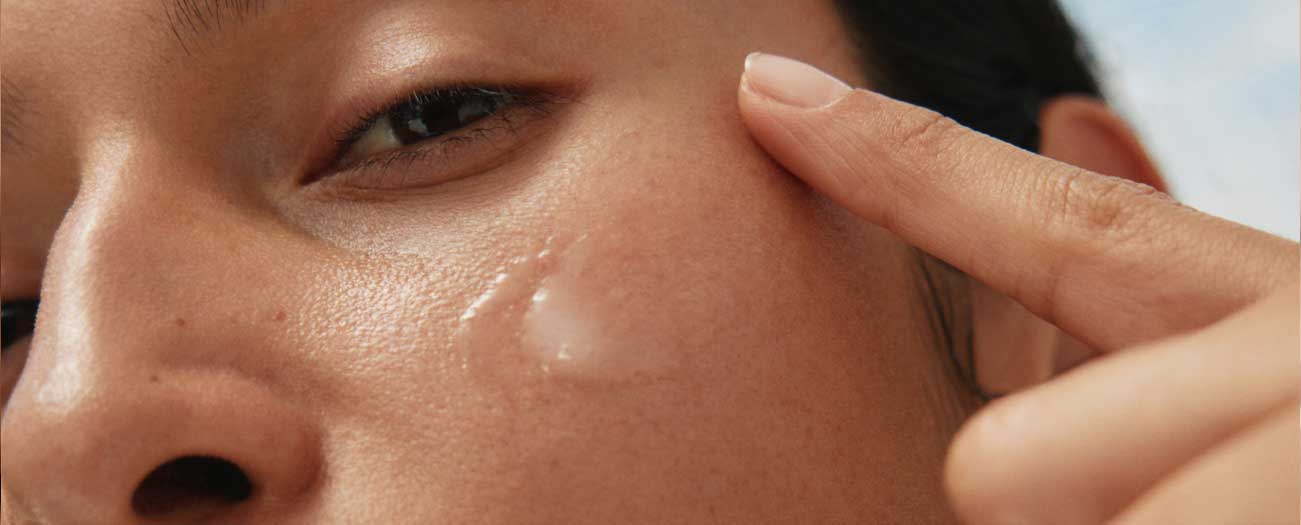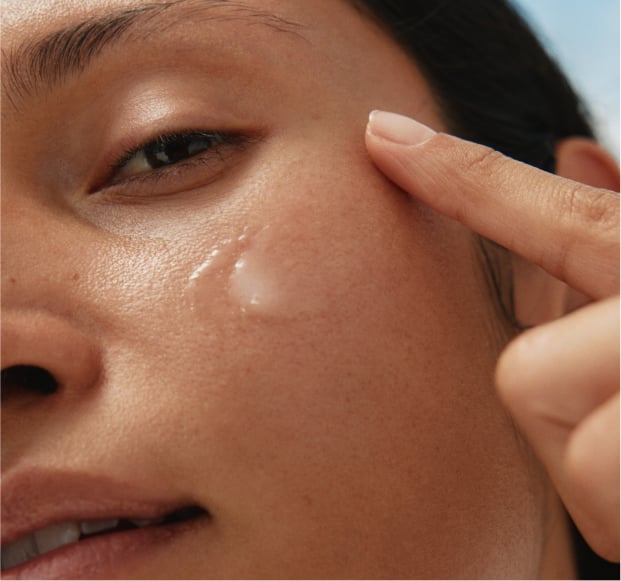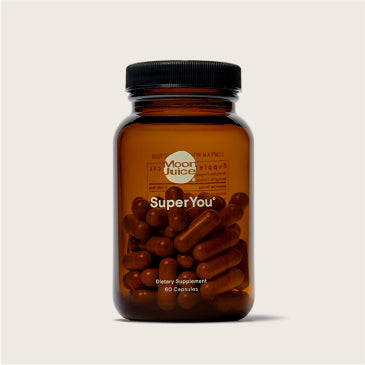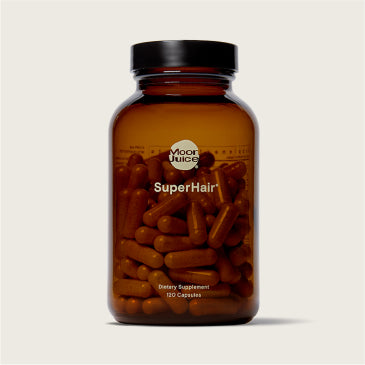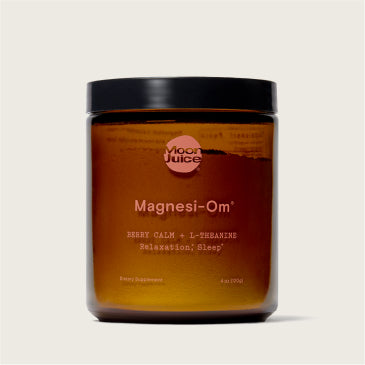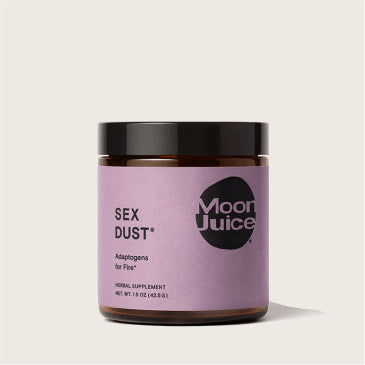You don’t have to avoid exfoliation just because you have a sensitive skin type. Exfoliation has numerous benefits There are a number of benefits of exfoliating, like resurfacing skin, unclogging pores, and stimulating collagen production, making it a powerful step to incorporate into any skin care routine — regardless of skin concern. However, not all types of exfoliation are gentle or nourishing to sensitive skin.
In this article, we’ll dive into tips and tricks so you can learn how to safely and effectively exfoliate your sensitive skin.
Should You Exfoliate if You Have Sensitive Skin?
If you have a sensitive skin type, you may have been told to skip harsh exfoliation. However, it is possible to exfoliate in a way that is hydrating, soothing, and balancing to sensitive skin. But what exactly makes skin sensitive? Sensitive skin is actually defined as skin that has a damaged barrier and biome. If you are prone to skin discomfort like stinging, burning, itching, redness, or dryness, your skin may be sending you signals that it is stressed from a compromised barrier and biome.
Because sensitive skin is simply a sign that repair and protection is needed, we can view overwhelmed skin as an opportunity to nourish and rebuild the health of it.
Rebuilding can occur a few ways — from increasing hydration, incorporating healthy fats (from food and from skin care products), being mindful of water temperature, and using a pH balanced milky cleanser.
When the barrier and biome are strengthened, sensitive skin may be better able to handle exfoliation. So long as you incorporate a simple and consistent skin care routine, you may be able to improve the health of your sensitive skin. After all, research shows daily skin care routines can have a significant long-term impact on the overall quality of a person’s complexion. So, here’s a quick breakdown on exfoliation and why sensitive skin can benefit from the right kind type of exfoliation.
Types of Exfoliation
Physical Exfoliation
Physical exfoliation refers to skin care products that use small, gritty particles to scrape and scrub away dead cells from the surface layer of skin. While this type of exfoliation may leave you feeling squeaky clean initially, your skin barrier and biome become damaged in the process. Physical exfoliation is so abrasive it can create micro-tears in the barrier, is not able to penetrate deeper layers of the skin, and often results in dehydrated cells.
Chemical Exfoliation
Chemical exfoliation uses acids to remove bonds that hold dull and dead cells together. This type of exfoliation penetrates deep into the skin to not only remove gluey dirt but stimulate cell turnover and collagen production. With no harsh scrubbing or irritation, chemical exfoliation can be great for sensitive skin, as long as it is introduced slowly. It is possible to have too much of a good thing, so ease into it by exfoliating gently and sparingly!
What is the Gentlest Way to Exfoliate Sensitive Skin?
The gentlest way to exfoliate sensitive skin is to stick with chemical exfoliants and go slowly. Skip physical exfoliants and seek out an exfoliant with multiple acids, to ensure the ingredients are gentle but powerful enough to work together and support the health of the skin.
Acids for Exfoliation
Proper exfoliation for sensitive skin should include two two types of acids, AHA (alpha hydroxy acid) and BHA (beta hydroxy acid).
AHA
AHA is a chemical exfoliant that helps remove dead skin without microtears while improving the skin barrier's ability to retain water.
Look for a liquid exfoliator with AHAs like Glycolic Acid and Lactic Acid on the ingredient list.
BHA
BHA is a chemical exfoliant that is oil-soluble, allowing it to deeply penetrate pores and resurface skin.
Look for a liquid exfoliator with BHAs like Salicylic Acid on the ingredient list.
To gently exfoliate sensitive skin and ensure the right dose of acid, use Acid Potion. This liquid exfoliator has a 25% AHA + BHA complex that combines Glycolic Acid, Lactic Acid, and Salicylic Acid.
- Glycolic Acid breaks down dead cells and gluey dirt and helps stimulate collagen production.
- Lactic Acid helps encourage cellular turnover.
- Salicylic Acid helps penetrate and unclog pores.
Tips for Exfoliating Sensitive Skin
1. Start Slow
Like any new product that you add to your skin care routine, take it slow and give your skin time to adapt. Learn how to use liquid exfoliant and then start by integrating the product by simply using it once a week. If your sensitive skin responds well to the acid based exfoliant, feel free to increase product use. We’ll dive further into how often you should exfoliate and what it means to over-exfoliate a bit later!
2. Prioritize Acids
If you weren’t convinced in the earlier section that acid based exfoliants are best to exfoliate sensitive skin,
research studies found acids were important for maintaining skin barrier function and the consistent use of acids resulted in firmer, smoother, and more plump looking skin.
3. Look for a Nutrient Dense Exfoliant
Exfoliation for sensitive skin should involve soothing and hydrating ingredients. Keep an eye out for functional ingredients like vitamins and adaptogens because of their numerous skin healing benefits:
- Niacinamide - A soothing form of Vitamin B3, Niacinamide helps even skin tone and replenish the barrier to protect against moisture loss and dehydration.
- Reishi - An adaptogenic mushroom crowned the Queen Healer by TCM. This ultra-hydrating mushroom helps minimize signs of oxidative stress and support hydration.
Acid Potion contains Niacinamide and Reishi to hydrate and soothe the barrier during chemical exfoliation.
4. Skip the Cotton Round
If you have sensitive skin, you know scrapping and tugging only creates irritation. When exfoliating sensitive skin with Acid Potion, feel free to skip the cotton round to reduce friction on the skin. Instead, shake a quarter sized amount of the product into the palm and pat into your clean face and neck with your fingertips.
5. Follow Up With Products That Build Skin Health
Because sensitive skin is really your largest organ signaling to you that something deeper may need to be addressed, be conscious to use products that build skin health. Since exfoliation helps serums and creams penetrate deeper, follow up your gentle exfoliation with barrier and biome friendly products like Plump Jelly, Hyaluronic Acid serum, and Cosmic Cream™, a dewy moisturizer. Research shows improving the skin barrier can significantly reduce symptoms of sensitive skin, so use products that help you heal from the outside in.
6. Incorporate Skin Cycling
Skin cycling is simply the act of taking a break between products. Because liquid exfoliation is so powerful, it’s important to incorporate it into your skin care routine only when you feel like your skin needs it!
7. Consider the Sun
Check the ingredient label on your exfoliant. If it has both AHAs and BHAs, be sure to only use the product at night as AHAs have been found to make skin more photosensitive. If the exfoliation product you have only contains BHAs you can use morning or night. Regardless, remember to protect your sensitive skin from the sun by throwing on a hat, sunglasses, or mineral sunscreen.

How Often Should You Exfoliate Sensitive Skin?
Because all skin is different, there is no one size fits all approach to exfoliation. To find out how often you should exfoliate your sensitive skin, consider its current state.
- Is it feeling inflamed and itchy lately? If so, consider skipping exfoliation or cutting down to once a week to slough off dead skin cells and unclog pores for routine skin health maintenance.
- Is your sensitive skin feeling resilient and flare-free lately? Consider exfoliating up to three times a week.
- To target a problem area on your sensitive skin, skip a full face exfoliation and target that one area multiple nights in a row to deeply penetrate stubborn pores.
Although exfoliation has many benefits, it is still possible to over-exfoliate. If you have sensitive skin and you’re looking to add exfoliation as a step in your skin care routine, be careful not to over exfoliate.
Signs of Over-Exfoliation
Be on the lookout for these symptoms of exfoliating too much, too often:
- Burning
- Stinging
- Peeling
- Redness
- Increased sensitivity
If you have sensitive skin, consistently check in with the state of it by considering how it looks and feels to determine if it would benefit from more or less exfoliation.
Takeaways
Exfoliating sensitive skin can be a beneficial and rejuvenating step in your skin care routine when done correctly. While sensitive skin requires extra care and attention, it doesn't mean you have to avoid exfoliation altogether. By understanding the unique needs of sensitive skin and choosing the right approach, you can safely and effectively reap the rewards of exfoliation. With the right techniques and products, exfoliation can help restore balance, leaving your sensitive skin looking and feeling nourished and soothed.
Sources
- What Is Sensitive Skin? A Systematic Literature Review of Objective Measurements, Skin Pharmacology & Physiology https://karger.com/spp/article/28/2/75/295804/What-Is-Sensitive-Skin-A-Systematic-Literature
- Skincare Bootcamp: The Evolving Role of Skincare, National Library of Medicine https://www.ncbi.nlm.nih.gov/pmc/articles/PMC5172479/
- Clinical and cosmeceutical uses of hydroxyacids, National Library of Medicine https://pubmed.ncbi.nlm.nih.gov/19695482/
- Skin barrier changes induced by aluminum oxide and sodium chloride microdermabrasion, National Library of Medicine https://pubmed.ncbi.nlm.nih.gov/12030870/
- Skin barrier in rosacea, Scientific Electronic Library Online https://www.scielo.br/j/abd/a/JNw83tsV9GnjmvCHgNRZkXB/?lang=en
- Improvement of the Skin Barrier Function with Physiologically Active Substances, National Library of Medicine https://pubmed.ncbi.nlm.nih.gov/31787643/
- Cosmetic and dermatologic use of alpha hydroxy acids, Journal of the German Society of Dermatology https://onlinelibrary.wiley.com/doi/10.1111/j.1610-0387.2012.07939.x
- Halt the Face Acids: Here’s How to Know If You’re Over-Exfoliating, Healthline https://www.healthline.com/health/beauty-skin-care/over-exfoliating#signs-of-over--exfoliation

